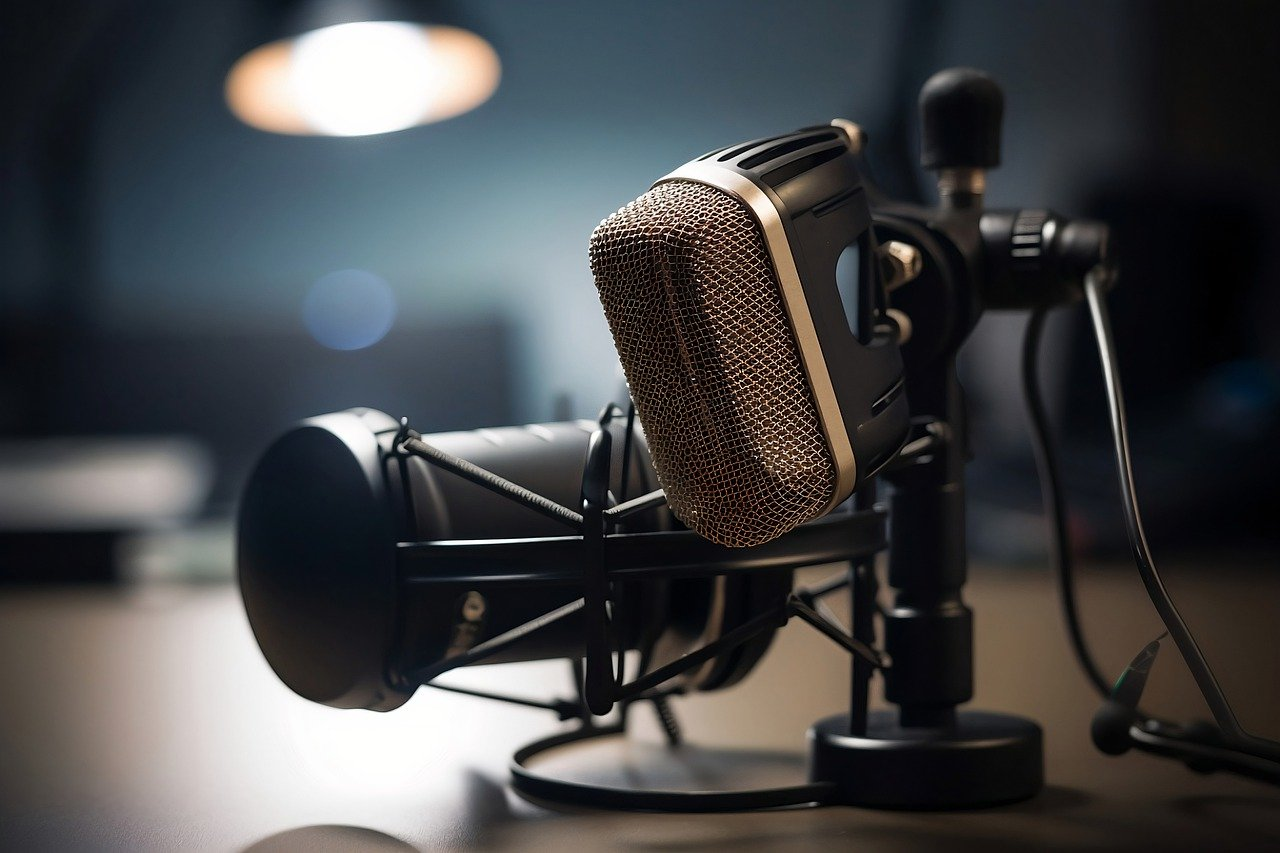Comparing Sound Insulation Materials: Focusound Soundproof Panels, Drywall, or Acoustic Foam—Which Is Best?
Are you tired of noise from neighbors, street traffic, or upstairs floors disrupting your peace at home? Choosing the right soundproofing materials and acoustic insulation solutions can be overwhelming. In this guide, we compare the most effective options for noise reduction: sound insulation boards (such as Focusound panels), gypsum board (drywall), and sound-absorbing foam. By understanding the performance, cost, and applications of each material, you can make an informed, cost-effective choice to create a quieter, more comfortable living environment.
Compare Soundproofing Materials: Drywall, Acoustic Foam, and Focusound Panels
The market offers a wide range of soundproofing materials and acoustic insulation solutions designed to reduce unwanted noise at home. Here’s how the most popular options—Focusound sound insulation panels, gypsum board (drywall), and acoustic foam—perform in typical residential soundproofing scenarios, helping you choose the best solution for noise reduction and a quieter living environment.
- Drywall (Gypsum Board): Commonly found in homes, drywall mostly reduces airborne noise. It’s dense but has limited effectiveness against low-frequency bass or impact sounds. While cost-effective (about $10–$15 per square meter), drywall alone rarely solves serious noise issues.
- Sound-Absorbing Foam: Popular for studios or music rooms, foam panels reduce echo and reverberation inside a space. However, they don’t truly block external sounds. At $10–$25 per square meter, foam is better for improving room acoustics, not for blocking neighbor noise.
- Focusound Soundproof Panels: These multi-layered panels are engineered for superior sound insulation. Focusound panels combine mass, damping, and flexible layers to block a broader range of noise frequencies. Pricing is typically $30–$45 per square meter, reflecting the advanced performance and material quality.
Comparing Sound Insulation Performance
When comparing sound insulation materials, many people ask: Which is better, sound insulation board or gypsum board or sound-absorbing foam? Here’s what you should know for real-world situations.
- Blocking Noise Between Rooms & Apartments: Focusound sound insulation panels outperform both drywall and acoustic foam, especially for low-frequency sounds and impact noises (like footsteps above).
- Echo & Reverberation Reduction: Acoustic foam works well for improving speech clarity or reducing echo inside a room—but doesn’t insulate against outside noise.
- Overall Soundproofing: Drywall (gypsum board) is standard construction material. In combination with sound insulation boards like Focusound, results are greatly improved.
Effectiveness for Different Problems
- Noisy Neighbors: Focusound sound insulation panels offer the best results—many homeowners report a noticeable drop in voices, TV, and music from adjacent apartments.
- Noisy Ceilings: To reduce noise from the floor above, attaching Focusound panels to your ceiling is a reliable fix, as they block both airborne and impact noise much more effectively than foam or drywall.
- Poor Room Soundproofing: If your existing walls are thin, Focusound panels can be added directly for a significant upgrade, even in rentals.
Cost-Effectiveness and DIY Installation
Which sound insulation material is the most cost-effective for your needs? Consider both performance and installation.
- Material Price per Square Meter: Focusound sound insulation panel: $30–$45. Gypsum board: $10–$15. Acoustic foam: $10–$25.
- Installation: Focusound panels are DIY-friendly and come with straightforward installation tutorials. You need basic tools and can often mount them with little mess—making them ideal for renters or apartment dwellers who don’t want to damage walls.
- Value: While Focusound panels cost more than basic gypsum board or foam, their superior sound-blocking means you need less material for much better results. For home KTVs, bedrooms, or noisy apartments, their long-term benefits outweigh the initial investment.
Real Review: How Effective Are Focusound Sound Insulation Panels?
Homeowners and DIYers often praise Focusound’s panels for their excellent noise-blocking capabilities. Many mention:
- Significant drop in neighbor noise.
- Less disturbance from upstairs footsteps.
- Measurable reduction in TV and conversation sounds.
- Easy DIY fitting, even by beginners.
Plus, Focusound panels go beyond soundproofing:
- Advantages: Waterproof, flame-retardant, heat-resistant, and strong enough to withstand pressure—making them suitable for any room, including kitchens or bathrooms.
FAQ: Fixing Common Sound Problems at Home
How do I fix poor sound insulation in my room myself?
- Attach Focusound sound insulation panels to walls or ceilings.
- Seal gaps around doors and windows.
- Add thick curtains or rugs for additional absorption.
What’s the most cost-effective way to soundproof a rental or home KTV?
- Install Focusound panels where noise is worst (shared walls, ceilings).
- Combine panels with some acoustic foam for interior echo control.
How much does it cost to soundproof a bedroom?
- Using Focusound panels, expect $200–$600 for an average room, depending on coverage.
The Focusound Installation Process
Installing Focusound sound insulation panels is simple:
- Measure your walls or ceilings.
- Cut panels to correct sizes with basic tools.
- Affix using supplied adhesives or fasteners.
- Seal edges to prevent noise leaks.
For a full tutorial and additional tips, visit the https://focusoundmusic.com/.
Conclusion
For effective, affordable, and convenient home soundproofing, Focusound sound insulation panels clearly outperform basic gypsum board and acoustic foam. Their combination of DIY installation, robust performance, and durability makes them the most cost-effective solution for common noise problems. Explore Focusound sound insulation materials and enjoy a quieter, more peaceful home.







